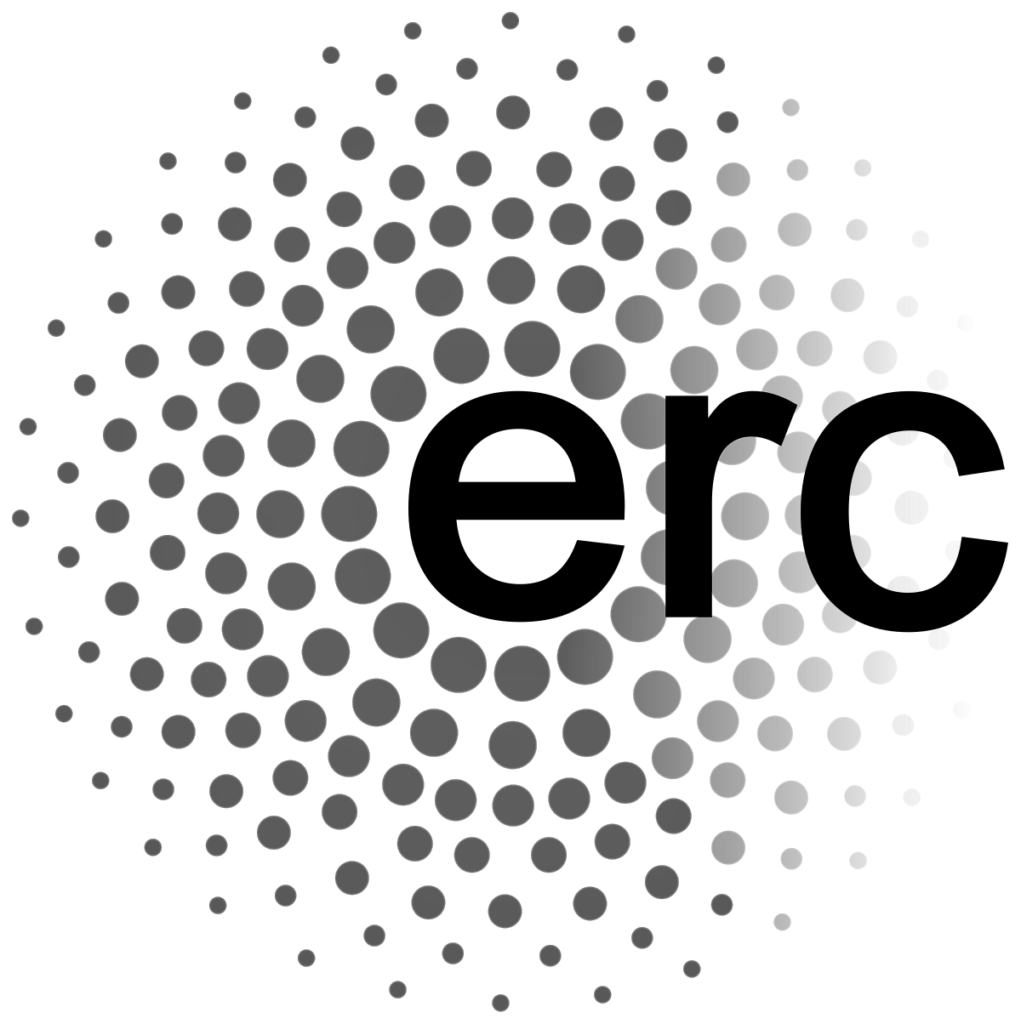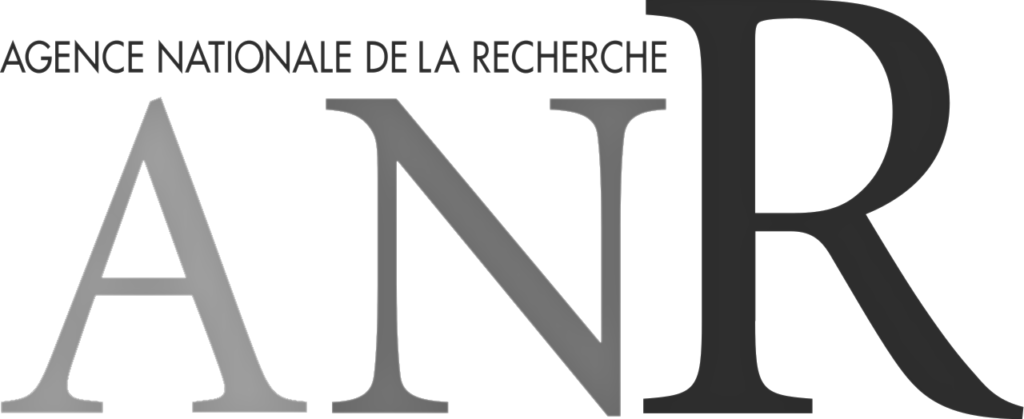Secret Communication System group
Radio guidance
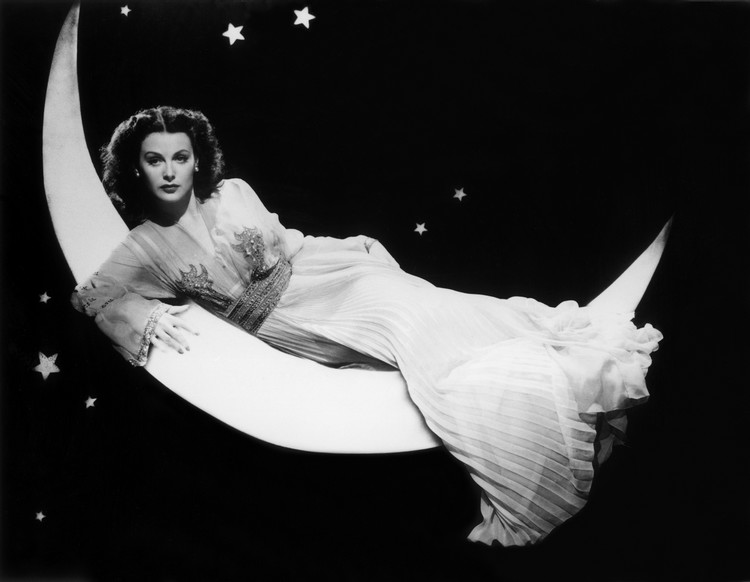
At the beginning of World War II, Lamarr and composer George Antheil developed a radio guidance system using frequency-hopping spread spectrum technology for Allied torpedoes, intended to defeat the threat of jamming by the Axis powers. She also helped improve aircraft aerodynamics for Howard Hughes while they dated during the war. Although the US Navy did not adopt Lamarr and Antheil’s invention until 1957, various spread-spectrum techniques are incorporated into Bluetooth technology and are similar to methods used in legacy versions of Wi-Fi. Recognition of the value of their work resulted in the pair being posthumously inducted into the National Inventors Hall of Fame in 2014.
National Inventors Council
We began talking about the war, which, in the late summer of 1940, was looking most extremely black. Hedy said that she did not feel very comfortable, sitting there in Hollywood and making lots of money when things were in such a state. She said that she knew a good deal about munitions and various secret weapons … and that she was thinking seriously of quitting MGM and going to Washington, D.C., to offer her services to the newly established National Inventors Council.
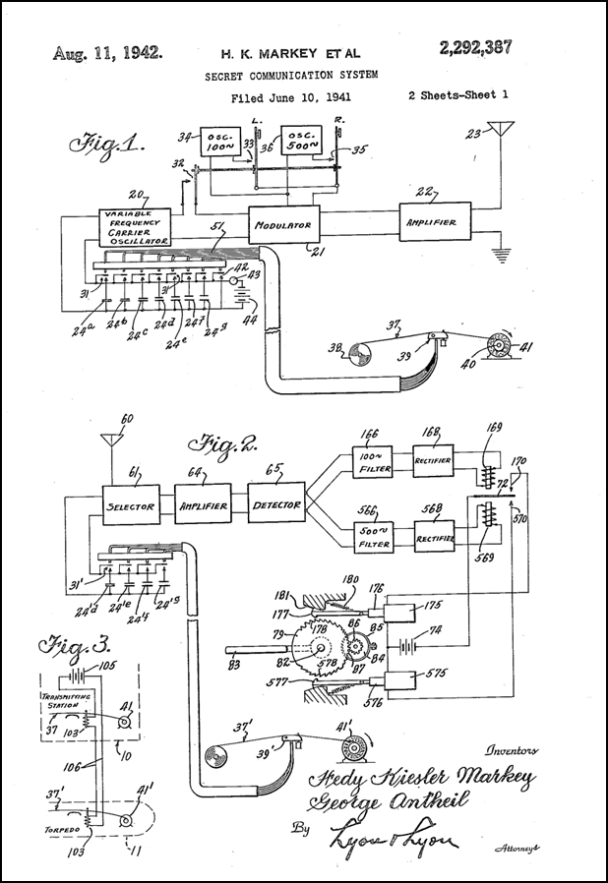
Their invention was granted a patent under U.S. Patent 2,292,387 on August 11, 1942 (filed using her married name Hedy Kiesler Markey). However, it was technologically difficult to implement, and at the time the US Navy was not receptive to considering inventions coming from outside the military. Nevertheless, it was classified in the “red hot” category. It was first adapted in 1957 to develop a sonobuoy before the expiration of the patent, although this was denied by the Navy. At the time of the Cuban Missile Crisis in 1962, an updated version of their design was installed on Navy ships. Today, various spread-spectrum techniques are incorporated into Bluetooth technology and are similar to methods used in legacy versions of Wi-Fi. Lamarr and Antheil’s contributions were formally recognized in the late twentieth and early twenty-first centuries.
Applications
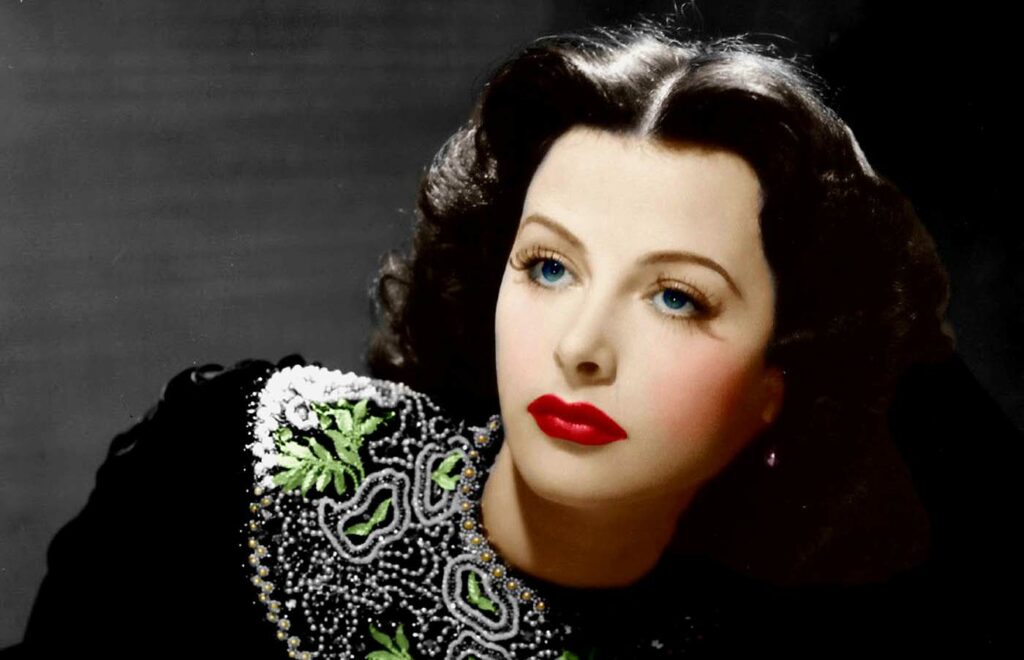
Lamarr 's group members
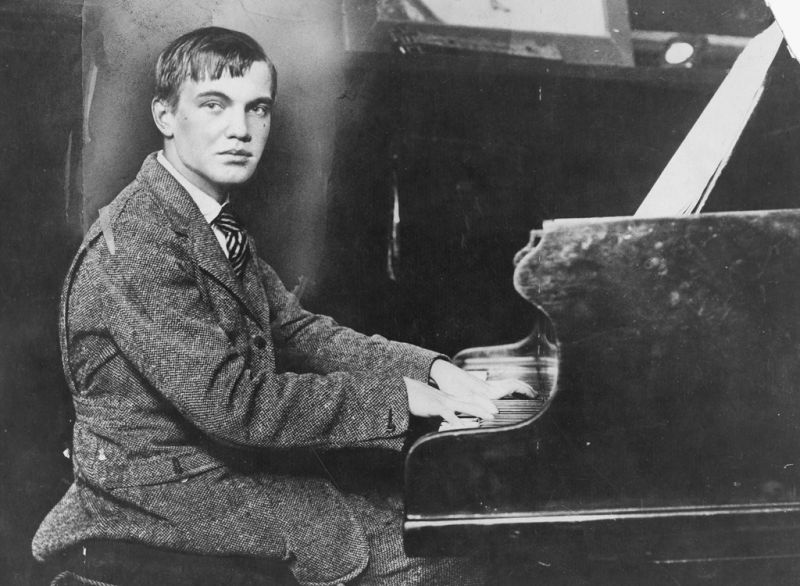
George Antheil
PhD student
george.antheil@computing.com

Friedrich Mandl
Professor
friendrich.mandl@computing.com
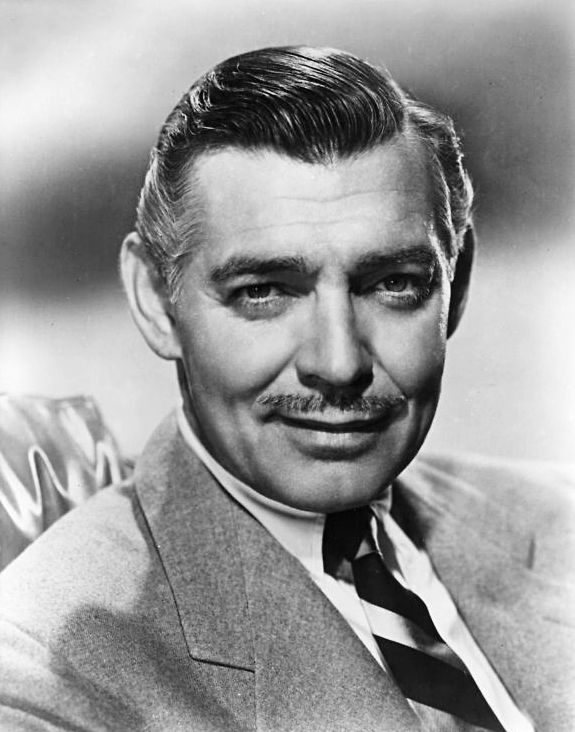
Clark Gabble
clark.gabble@computing.com
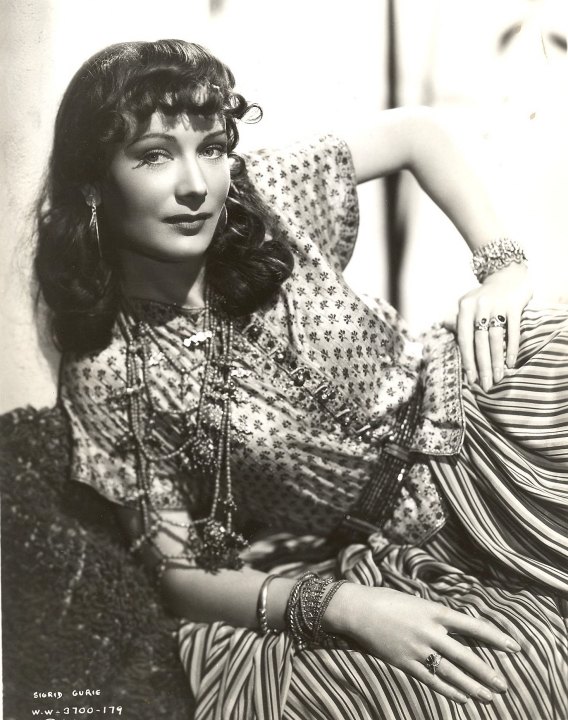
Sigrid Gurie
Master student
Lamarr University
sigrid.gurie@computing.com
Last publications
Taming the snake instabilities in a polariton superfluid
Optica , vol. , p., 20200101
Ferdinand Claude, Sergei Koniakhin , Anne Ma\^{\i}tre , Simon Pigeon , Giovanni Lerario , Dmitry Stupin , Quentin Glorieux , Elisabeth Giacobino , Dmitry Solnyshkov , Guillaume Malpuech , Alberto Bramati
highly photo-stable perovskite nanocubes: towards integrated single photon sources based on tapered nanofibers
acs Photonics , vol. , p., 20200101
Pierini Stefano, D'amato Marianna , Goyal Mayank , Glorieux Quentin , Giacobino Elisabeth , Lhuillier Emmanuel , Couteau Christophe , Bramati Alberto
Nanofiber based displacement sensor
Applied Physics B , vol. , p., 20200101
Chengjie Ding, Maxime Joos , Constanze Bach , Tom Bienaim\'{e} , Elisabeth Giacobino , E Wu , Alberto Bramati , Quentin Glorieux
polariton fluids for analogue gravity physics
phil.trans.roy.soc.lond.a , vol. , p., 20200101
Jacquet M.j., Boulier T. , Claude F. , Ma\^itre A. , Cancellieri E. , Adrados C. , Amo A. , Pigeon S. , Glorieux Q. , Bramati A. , Giacobino E.
Computing System Laboratory
1bis rue de l’ordinateur
75000 Paris
contact@computing.com

